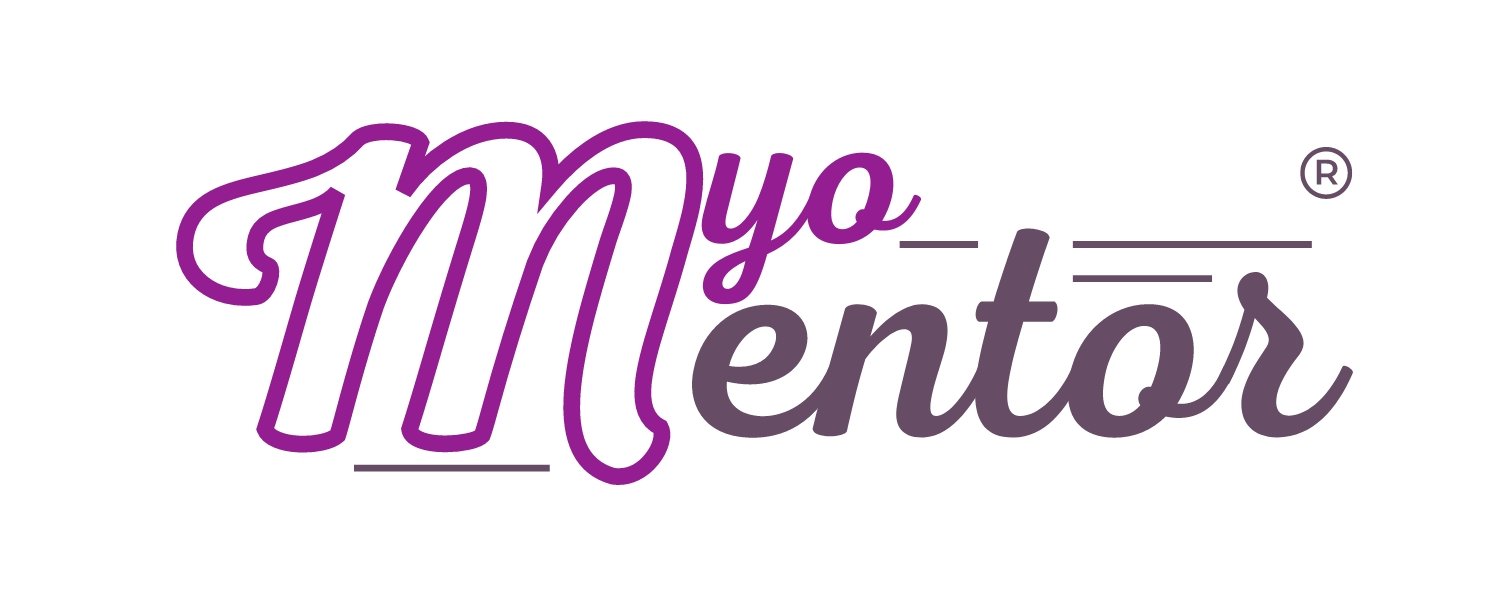It’s become clear to me that the field of myofunctional therapy is in a real growth phase right now. As I say on the homepage of this site, the field is exploding!
Frankly, I think the surge is only just getting started. As more and more patients and medical professionals begin to truly understand the importance of the airway, we’ll see myofunctional therapy become very mainstream and well known.
The American Dental Association (ADA) has recognized that airway health is critical. Earlier this year, there was a new policy statement on the Role of Dentistry in the Treatment of Sleep-Related Breathing Disorders. This statement recommends that dentists screen their patients for sleep disordered breathing, bringing sleep medicine firmly into the dental arena, and not just in the highly specialized way it’s been applied in the past. This is an organizational-level initiative.
Sleep Dentistry is Airway Dentistry
Some readers may wonder how I’m connecting a focus on sleep apnea and other types of sleep disordered breathing with the airway.
Well, sleep dentistry is airway dentistry. You can’t address sleep disordered breathing without addressing the airway. Even if the treatment in question is a mandibular advancement appliance, it’s designed to open the airway.
For example, the SomnoMed website has this to say on the subject of sleep apnea:
“While we sleep, gravity and muscle relaxation allows the tongue and surrounding soft tissue to fall back into the throat area, collapsing the airway and obstructing the air flow.
Continuous Open Airway Therapy (COAT)® is a category of products that treat patients seeking an easy, efficient solution for OSA, or obstructive sleep apnea.”
Regardless of the approach taken to treat sleep disordered breathing, the airway is going to considered one way or another.
Airway Health is Here!
As further confirmation that the ADA is seriously acknowledging the importance of the airway, I noticed the fact that there was an interesting conference recently at ADA Headquarters in Chicago. The conference was titled 2018 Children’s Airway Health – A Practical Conference.
The conference was described as follows:
"The Children's Airway Health – A Practical Conference is a two day event that will impact your ability to recognize compromised airway health in your pediatric patients and give dentists and their team tools for engaging families in the diagnostic and treatment pathways. To be able to make a true difference in the lives of children and families, the dentist needs to recognize children at risk, know what to say, who to work with, and how to get paid for services."
Some of the topics, and the speakers for that matter, would be instantly recognizable to anyone who’s been working in myofunctional therapy for a while.
Dr. Christian Guilleminault, MD is a prolific researcher on the topic of the airway. He spoke about Sleep Disordered Breathing, and Dr. Barry Raphael, DMD spoke about Orthodontics with an Airway Focus.
Other topics included An Airway Focused Approach To Dental Clinical Care by Dr. Mark Cruz, DDS, and it was great to see myofunctional therapy being discussed as well – Kristie Gatto, MA spoke about Myofunctional Therapy and the Airway.
It’s so encouraging to me to see all of these exciting developments in the field. And it definitely isn’t limited to the USA – it’s a global shift.
I’m leaving in a few days to attend the IAFGG (International Association of Facial Growth Guidance Orthotropics Symposium in London, followed by the AAMS (Academy of Applied Myofunctional Sciences) Congress in Rome.
The list of internationally-based speakers and topics at both events is impressive to say the least. Here’s what will be covered at the AAMS Conference:
- History of Craniofacial Intervention
- Sleep - Pulmonology - Neurology - Psychiatry - Dental Sleep
- Surgery - Sleep Surgery - Oral Surgery - Soft Tissue
- Surgery
- Otolaryngology
- Posture
- Genetics/Epigenetics
- Evolution
- Chewing, Nutrition, and Diet
- Dentistry - Orthodontic - Pediatric Dental - Dental Hygiene
- Psychology of Orofacial Myofunctional Disorders (OMDs)
- Early Intervention, from Pregnancy to Newborn
- Speech-Language Pathology
- Physiotherapy
- Occupational Therapy
- Lactation Consulting
- Public Health
- Research
Click the image below to download the full AAMS Congress flyer.
It’s a sign of things to come – there’s so much research and great work being done around the world, and it will all translate into better outcomes for our patients. Myofunctional therapy is a perfect fit for airway dentistry. There’s no better time to be part of this amazing field!







